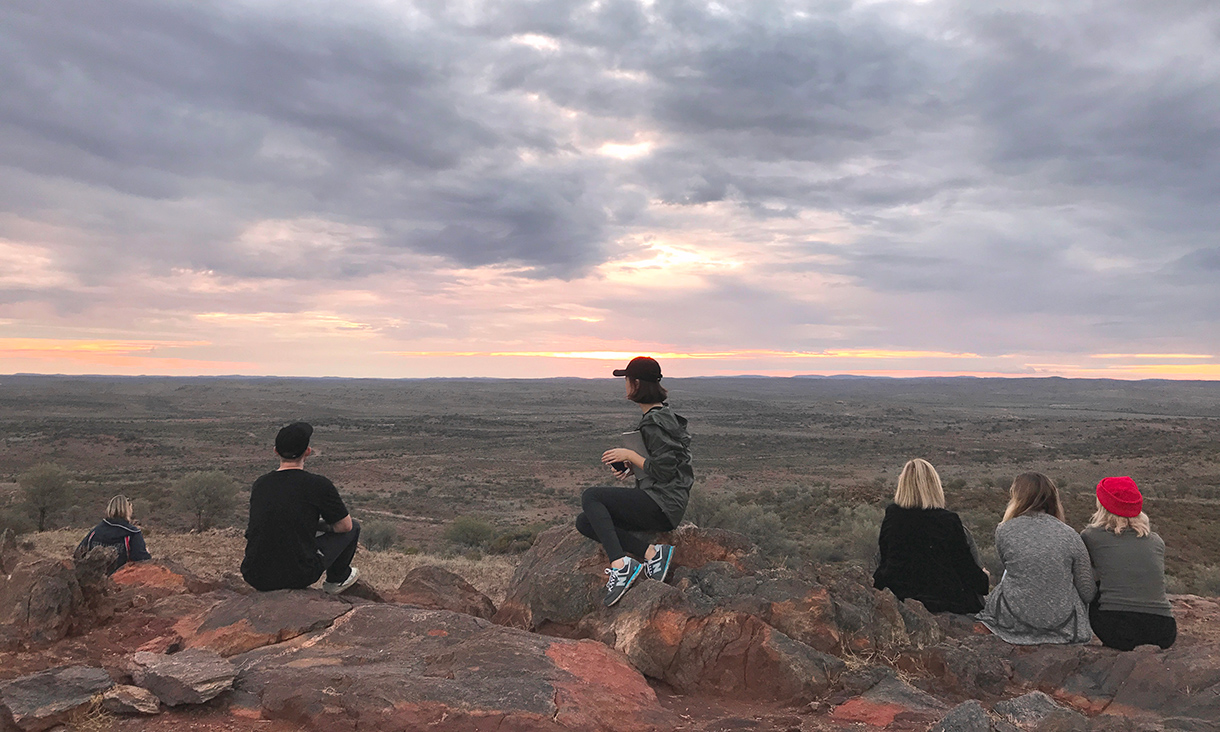For Dr Elaine Saunders, co-founder of Blamey Saunders Hears, the deeply collaborative development process was essential to fulfilling the company’s philosophy of creating health solutions in partnership with its clients.
“One of the challenges in creating a revolution via product innovation is that most people can't detail exactly what they want to see in a product until it starts to take form,” Saunders says.
“By embedding a designer throughout our process we have been able to really connect with clients right from the start and then iteratively evolve our solution based on what works from a human-centred design perspective.
“It's this clinical, design and engineering collaboration over time that has enable such a strong solution that we can see people connect with in a deeply personal way.”
Saunders says universities are in a unique position to support technology innovation by providing “thinkers” who can come into a team and represent a clear, often challenging view, backed by a wealth of knowledge.
“It's this convergence of commercial strategic development and specialist university supported global thinking that creates a cutting edge view, with a real passion for delivery motivated by different drivers.
“Indeed this could present strong possibilities for both industry and universities in delivering innovations through collaboration.”
The Facett hearing aid, and the process behind it, encapsulates what drives Heiss in her work.
“It’s basically design to improve life. Designing to humanise health technologies and really engaging with people’s emotional experience,” she says.
“By working to understand, through empathy, the shame and embarrassment people feel when they have to deal with these medical apparatuses, we can develop things that really people want to wear - and that can be life-changing.”
Update
The Facett hearing aid has been named the joint winner of the 2018 Good Design Award of the Year.
Story: Gosia Kaszubska











